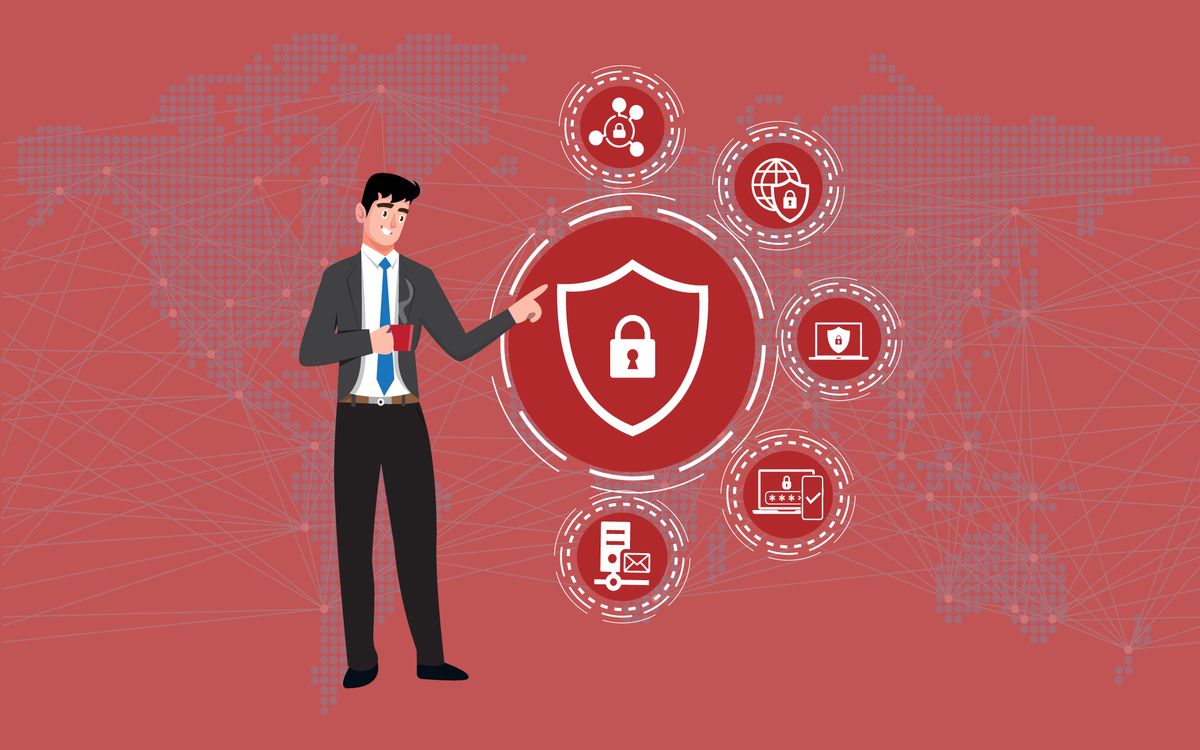Network Security Best Practices - 9 Ways to Secure your Company Network

Computer Networks are the essential part of todays world. Communication, sharing and collaborations is everywhere which is only possible due to computer networks. There are different networks which works closely to make things happens in this digital world. But we need to be well aware that these networks should also be secure in order to protect data and information. So the term Network Security came into existence.
Broadly speaking, Network Security refers to the measures taken to protect a computer network and the devices connected to it from unauthorized access, attacks, and other vulnerabilities. It involves implementing technologies, processes, and policies to secure the network, protect data, and ensure the availability of network resources to authorized users. The primary goal of network security is to ensure that the network and its resources are protected against threats and remain available to authorized users.
There are various types of threats that can compromise network security, including malware, viruses, ransomware, phishing attacks, and denial of service (DoS) attacks. To defend against these threats, organizations implement a variety of measures, such as firewalls, intrusion detection and prevention systems, antivirus software, and secure passwords.
Network security also involves maintaining the confidentiality, integrity, and availability of network data and resources. Confidentiality refers to the protection of data from unauthorized access or disclosure. Integrity refers to the prevention of unauthorized changes to data. Availability refers to the ability of authorized users to access network resources when needed.
Why should organization need Network Security?
Organizations need network security to protect their sensitive data, ensure the availability of network resources, and defend against cyber threats. Without network security, an organization's data, including financial information, customer data, and intellectual property, could be accessed or disclosed without permission, potentially leading to financial losses, reputational damage, and legal consequences.
Network security also helps to ensure that authorized users have uninterrupted access to network resources, such as servers, databases, and applications, without interference from unauthorized users or attacks. This is important for maintaining productivity and the smooth operation of the organization.
Additionally, network security helps organizations comply with regulatory requirements related to data protection, such as the General Data Protection Regulation (GDPR). By implementing network security measures, organizations can protect their data and resources, maintain the trust of their customers and stakeholders, and avoid costly breaches and disruptions.
9 ways to Secure your Company Network by implementing Network Security Measures
Here are 9 ways to secure your company networks against cyber attacks
- Implement a firewall: A firewall is a security system that monitors and controls incoming and outgoing network traffic based on predetermined security rules. It can help to block unauthorized access and protect against cyber threats.
- Use antivirus software: Antivirus software helps to detect and remove malware, such as viruses, worms, and trojans, from your network.
- Enable intrusion detection and prevention systems: These systems monitor network traffic for signs of an attack or intrusion and can take automated action to prevent it.
- Implement strong passwords: Encourage users to create strong, unique passwords for their accounts and devices, and use password management software to store and manage them securely.
- Enable two-factor authentication: Two-factor authentication adds an extra layer of security by requiring users to provide a second form of identification, such as a code sent to their phone, in addition to their password.
- Regularly update software and firmware: Keep all software and firmware up to date to ensure that vulnerabilities are patched and the latest security measures are in place.
- Monitor network activity: Use network monitoring tools to track and analyze network traffic and identify unusual activity that may indicate a security threat.
- Conduct regular security assessments: Regularly assess your network security posture to identify vulnerabilities and implement corrective measures.
- Educate employees: Train employees on best practices for network security, such as how to create strong passwords and how to identify and report potential threats.
By implementing these measures, you can significantly improve the security of your company's network and protect against cyber threats.




Comments ()